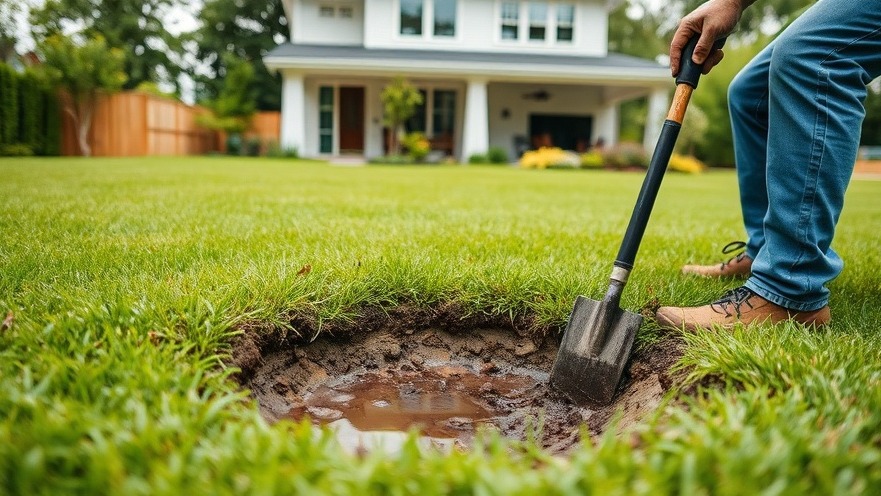
Understanding the Heart of Your Home: Water Lines
You may not give much thought to your home’s water line, but this vital channel delivers clean water to your faucets, showers, and appliances. Over time, environmental wear, age, and heavy usage can compromise its integrity. Recognizing the need for a water line replacement can save you from costly repairs and significant inconvenience in the long run.
Identifying Signs Your Water Line Needs Replacement
Knowledge is power when it comes to home maintenance. Watch for these warning signs that indicate your water line is in distress:
Decreased Water Pressure: If your sinks and showers are hardly a trickle, it can signify leaks or blockages within your water line.
Rising Water Bills: An unexplained spike can mean water is seeping away unnoticed—check for hidden leaks!
Wet Spots in Your Yard: An underground breach may reveal itself through unexplained puddles around your property.
Discolored or Rusty Water: Rusty pipes can cloud your water and signal urgent need for replacement.
Frequent Repairs: If your plumber is a regular visitor, it might be time to invest in a complete line replacement instead of persistent fixes.
The Risks of Ignoring Water Line Issues
Letting water line problems brew can lead to severe ramifications:
Water Damage: Leaks can threaten not only your plumbing but also your home’s structural integrity and foundation.
Health Hazards: Contaminated water due to corroded piping can endanger your family’s health.
Increasing Costs: Neglecting minor issues can snowball into major and expensive repairs in no time.
Choosing the Right Material for Your Needs
When replacing your water line, the material selected can greatly influence costs and durability. Here's a breakdown of common materials:
PVC (Polyvinyl Chloride)
Cost: $0.50–$5 per linear foot
Pros: Resistant to acidic soils and lightweight.
Cons: Not suited for extreme temperatures.
Polyethylene
Cost: $2–$5 per linear foot
Pros: Flexible and corrosion-resistant
Cons: Higher installation costs due to labor.
Cast Iron
Cost: $2–$10 per linear foot
Pros: Very durable against temperature changes.
Cons: Susceptible to corrosion and damage from roots.
Copper
Cost: $20–$30 per linear foot
Pros: Extremely durable, versatile for various temperatures.
Cons: Higher material cost and potential corrosion in alkaline soils.
Final Thoughts: Investing in Your Home’s Integrity
Recognizing signs requiring water line replacement can safeguard your home’s foundational integrity and personal health. Choose the right material to ensure longevity and performance, and don't wait for minor inconveniences to escalate into major expenses.
Remember, taking proactive steps today can prevent substantial costs and challenges in the future. So, keep an eye on those water lines!
 Add Row
Add Row  Add
Add 


 Add Row
Add Row  Add
Add 

Write A Comment